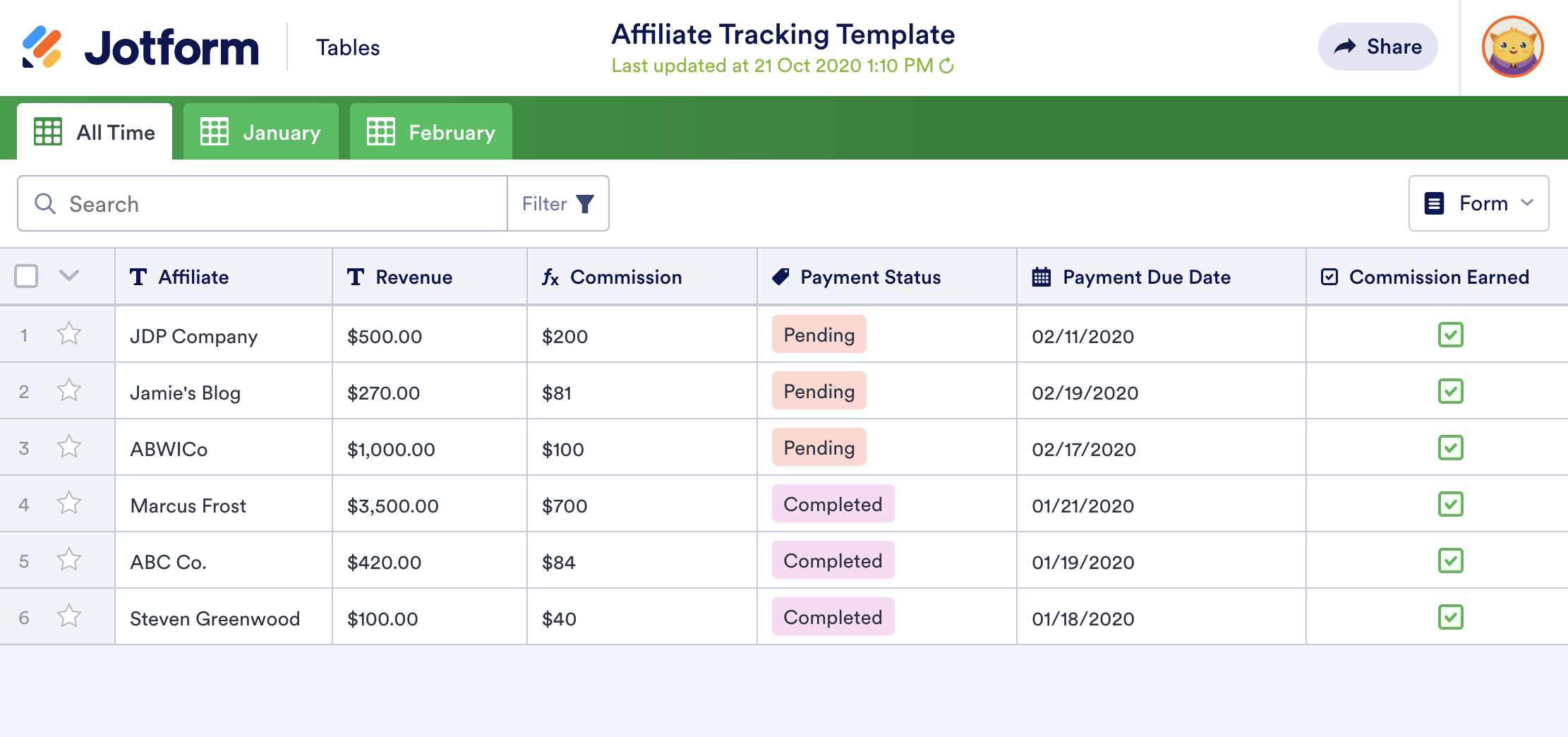Word of mouth is an unbeatable way to promote a business. Few things are more convincing than a recommendation from a trusted friend or family member. In fact, 50 percent of consumers prefer word-of-mouth marketing compared to all other sources when making a buying decision.
Word of mouth is also free, so the ROI is even better. Referral impressions drive a minimum of five times more sales than paid impressions, and referred leads have a 16 percent higher lifetime value than other types of leads.
But in today’s busy market, the chances of going viral organically are slim. That’s where referral marketing comes in.
What are referrals?
In the world of referral marketing, a referral is best understood as an offer from a promoter that incentivizes a new customer to buy a product or service. These types of referral programs can take many forms, depending on what best supports the business.
Examples include a company giving new customers a discount when they refer the business to their network or a business leaving discount code flyers around town. Influencers who drop custom discount codes for products they promote on their channels are also referrals.
Why a business should track referrals
Aside from making sales and generating more revenue, referrals offer deep insight into a company’s marketing.
Here’s why this information is so valuable:
The share rate
The referral share rate is the percentage of potential leads your business or product is exposed to. And the way you measure it depends on the type of referral program you’ve got.
If you incentivize customers to refer your company to their friends and family, you determine the share rate by how many new customers actually opt to do this — and how many people they each promote to. If you’re conducting an influencer campaign, you’d determine the share rate according to how many followers see the influencer’s post and how many times the influencer posts about your product.
This data is important to know because it can help you gauge the strength of your offer and the performance of a particular promoter.
If your customer referral program has a low share rate, this might indicate that your customers aren’t excited enough about your product or service to recommend it to their networks — or the incentive for the referral isn’t strong enough (i.e., the discount isn’t substantial enough to warrant recommendations).
If an influencer’s share rate is low, this might indicate that their incentive for sharing isn’t strong enough. Or, in cases where you can track how many people engaged with their post, you might find that their audience isn’t aligned with your offer — or worse, some of their followers are fake.
The conversion rate
In the examples mentioned above, the number of instances someone in the promoter’s network purchased your product or service determines the conversion rate.
This adds another layer of data about the strength of your offer or the performance of an influencer. A high share rate with a low conversion rate might indicate that referral marketing isn’t the best investment for your company.
Revenue impact
This is the most important reason to track your referral program. The incentives offered to customers or promoters will likely have a significant impact on your overall profit, depending on how high the conversion rate is.
For example, offering a 10-percent discount to existing customers who successfully convert people in their networks into customers might bring far more revenue than you would ultimately lose from the discounts. However, offering a free month of service in exchange for conversion might lead to profit loss.
How to set up referral tracking systems
Referral tracking requires a well-organized system — possibly more than one if you have multiple referral programs running at once.
Here’s what to keep in mind:
Use referral codes to streamline the tracking process
No matter what type of referral program you have, referral or promo codes will be crucial for measuring performance and tracking which promoters get others to redeem incentives.
For example, when giving customers flyers to hand out to their friends, put a unique code on each flyer that’s tied to the customer who handed it out so you know where the referral came from. Do the same with coupons or flyers you leave at neighboring businesses.
If you’re working with an Instagram influencer, give them a unique discount code so you know which signups or purchases came from their network. You can give a similar code to customers to share with their friends and family as well.
Use referral program tracking tools
There are a number of software platforms available to make tracking referrals easier. The software can even do the heavy lifting of auto-generating referral codes, creating referral emails, and so much more. Some of the top referral program tracking tools are Referral Rock, Talon.One, and SaaSquatch.
You can track referrals manually
In lieu of a fancy and potentially expensive referral tracking platform, try using simple spreadsheets and templates.
Jotform is uniquely positioned to make referral management and tracking as seamless as possible. Some of the tools include
- A prebuilt referral form that allows customers to provide contact information for their friends and family and a referral program form to collect additional information that might be important to your outreach
Referrals offer an unbeatable ROI and provide you with deep insight you can use in other marketing efforts. But track referrals diligently — or you could let their potential go to waste.





















Send Comment: